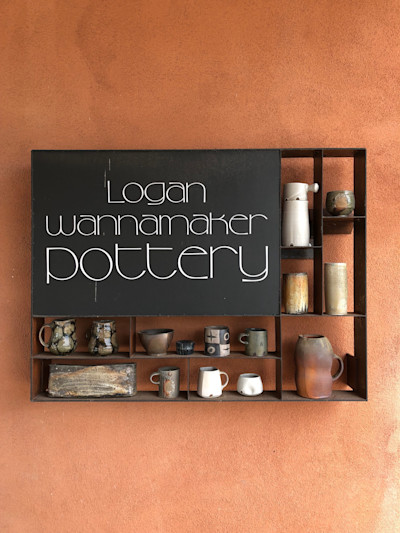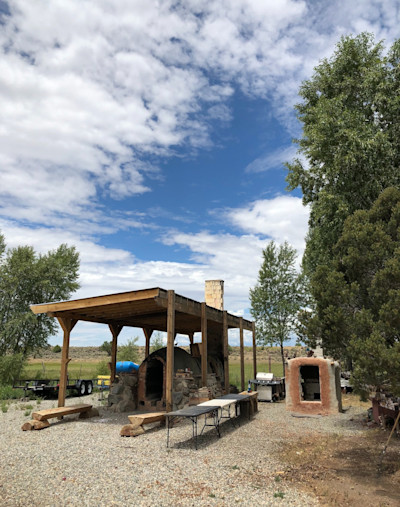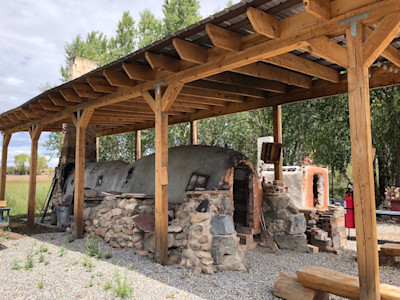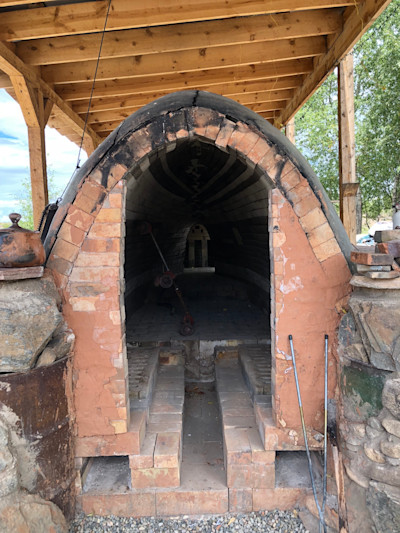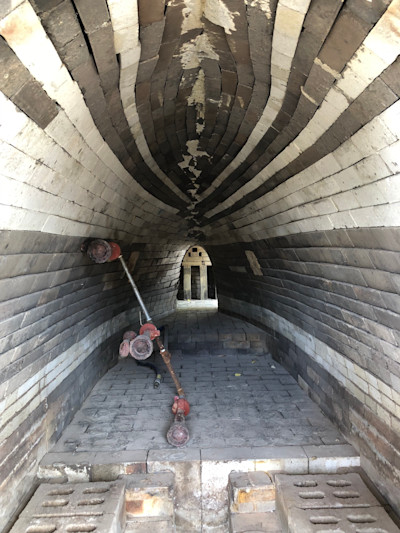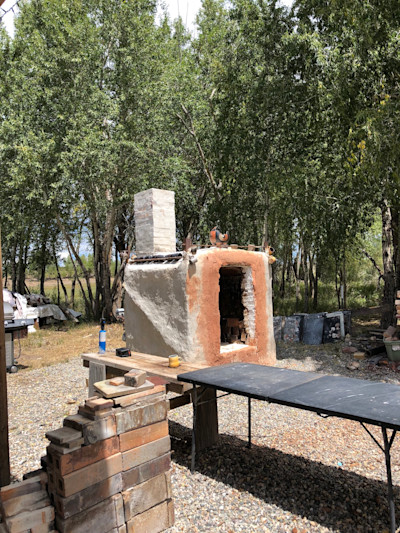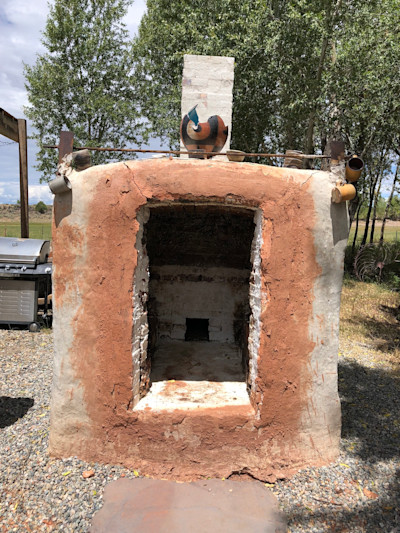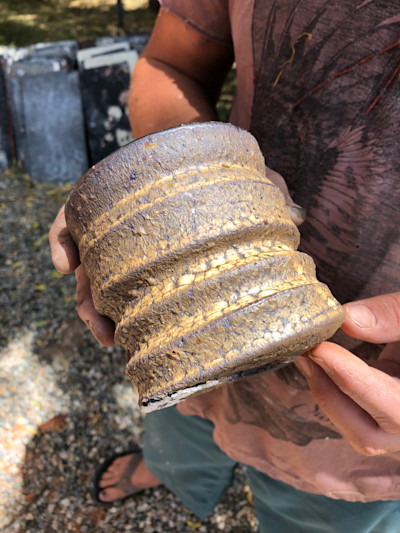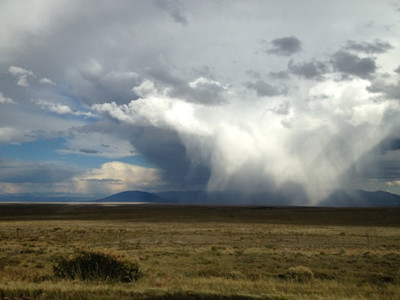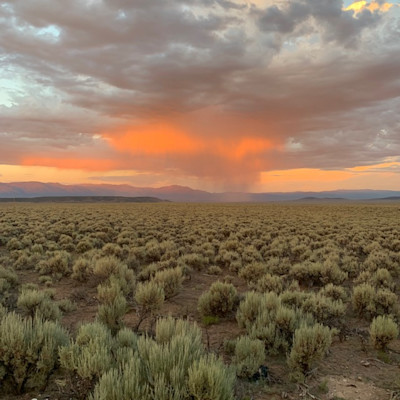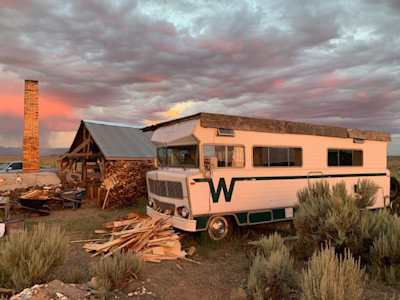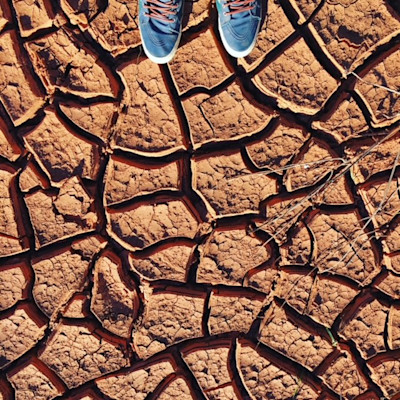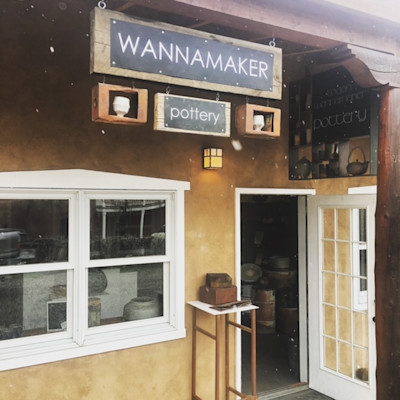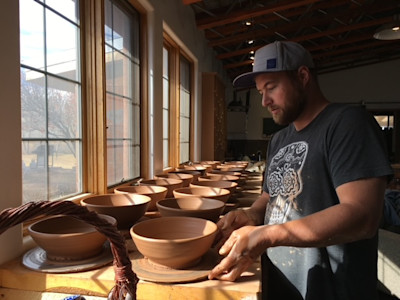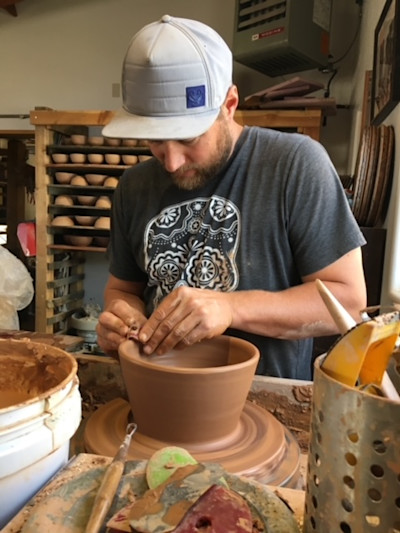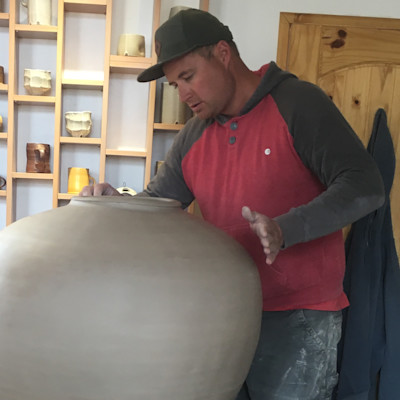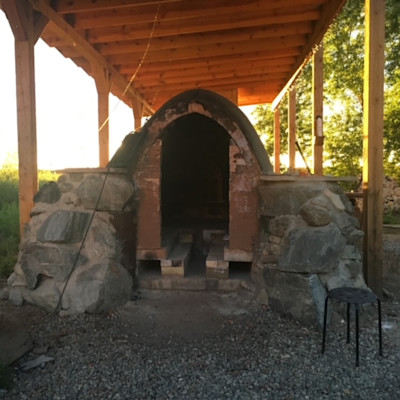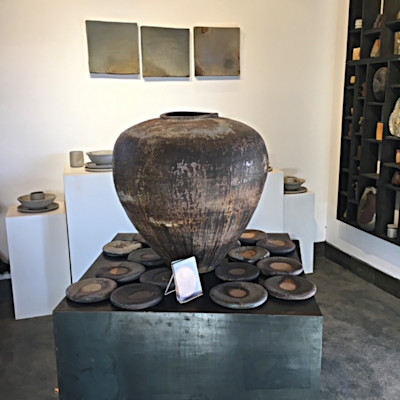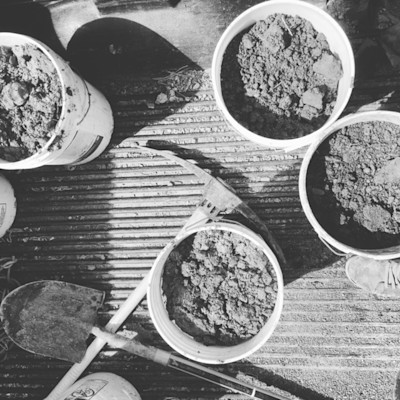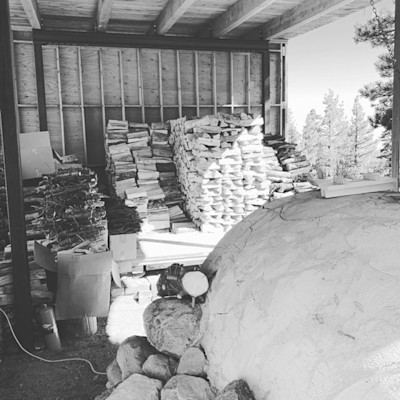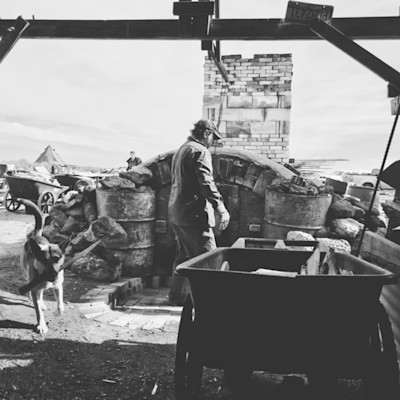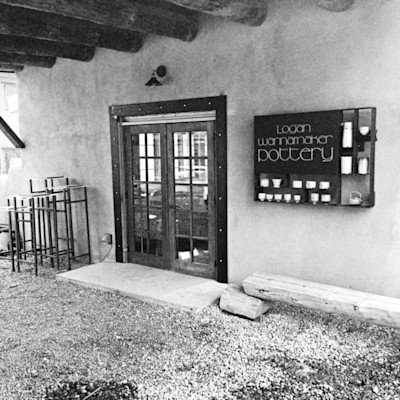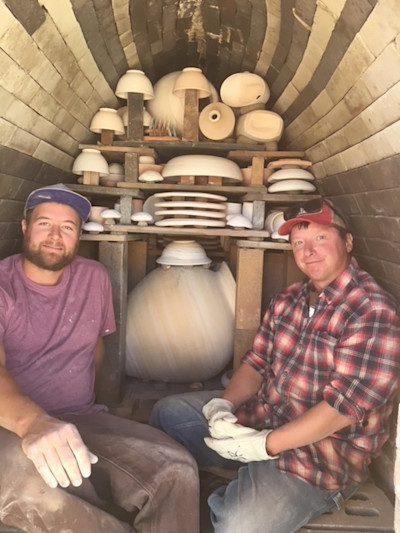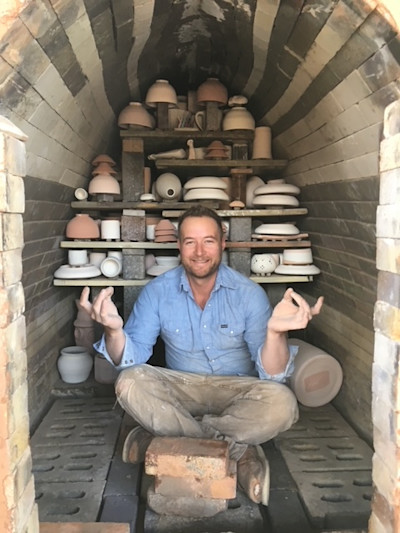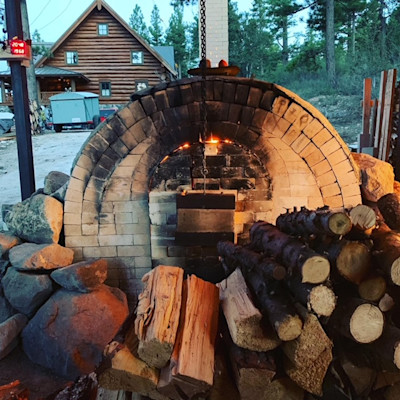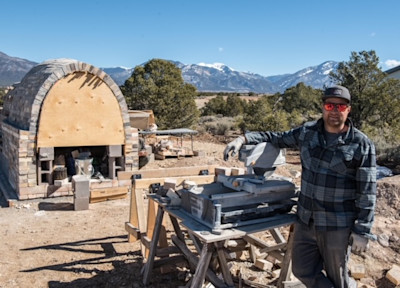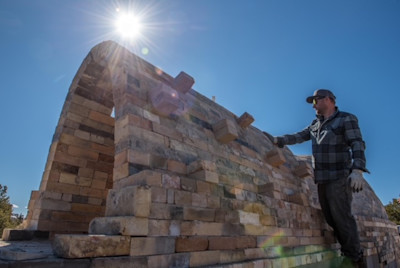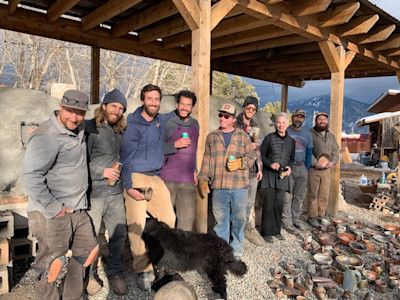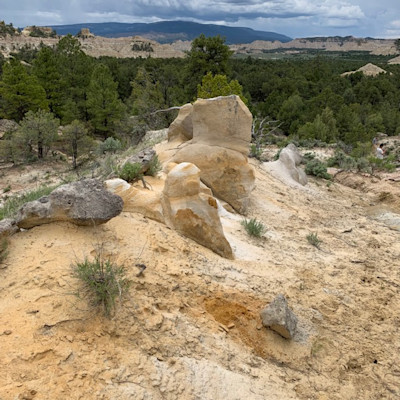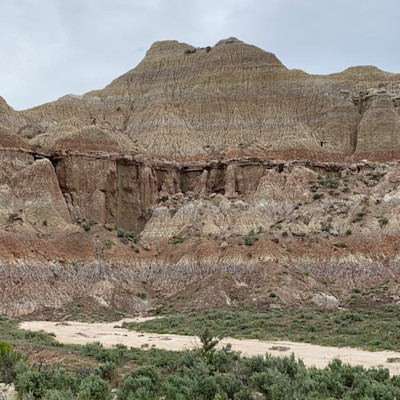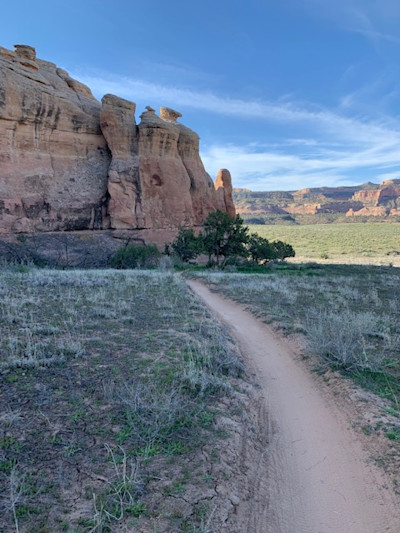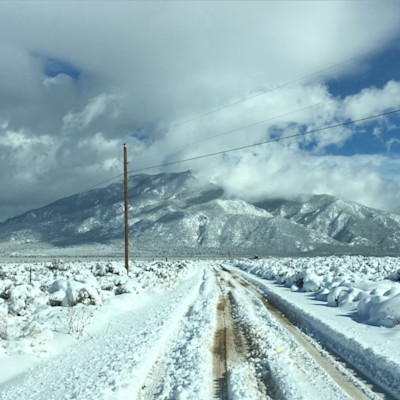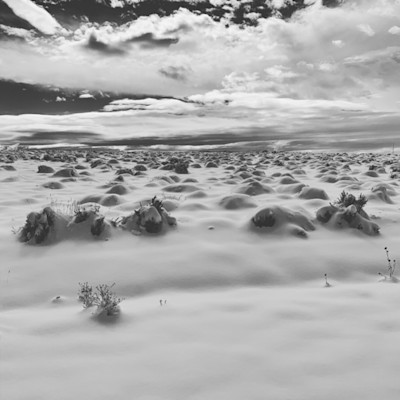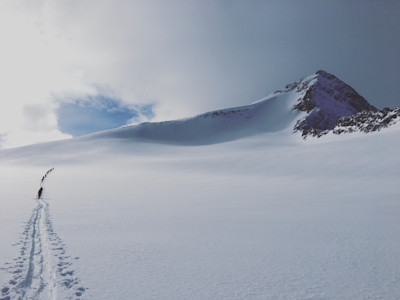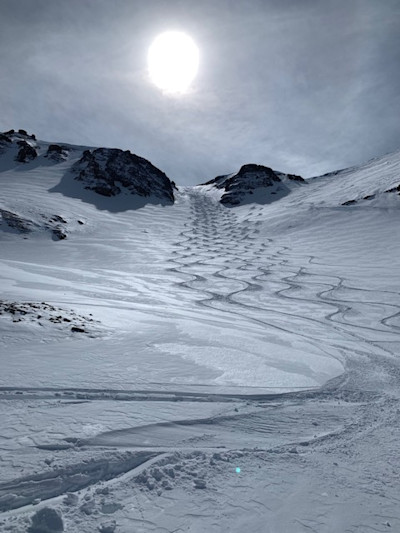In the Shop: Logan Wannamaker
We chat with ceramicist Logan Wannamaker about his life and work in Taos.
02.25.2021

Logan Wannamaker is a ceramicist, father, and general outdoorsman living and working in Taos, New Mexico. Like most of us in this world of things, we’re very familiar with Taos and are not immune to romanticizing the region at any opportunity. From the early days of the Mabel Dodge Luhan House (a regular stop for those like Georgia O’Keeffe and Ansel Adams) to the proliferation of the Taos Ski Valley by legendary Swiss ski pioneer Ernie Blake, Taos has always been a welcome frontier for the pursuit of art, no matter your definition. In this edition of ‘In the Shop’ we talk with Logan about his incredible approach to pottery and what lies next for him. We also have a new selection of Logan’s beautiful work available in our shop. Be sure to check it all out here.
Logan, I wanted to open up with a quote of yours that really stood out to us and might just be the best place to begin dissecting your work. In your artist statement you say “I work atmospherically; instead of glazing my work, I introduce or fire with wood, salt and soda…” Atmosphere is what we are always striving for here at Commune and we’d love to hear more about your philosophy behind it.
When I speak of atmosphere, I am referring to the depth of the work. Firing atmospherically generally creates layers. It also gives the work a more organic feel because the decorative process is somewhat elemental and I only have partial control. When the work is placed in a setting where everything has been manufactured or pre-fabricated it stands out. It looks as though it might have been grown and harvested for a specific moment. It is embodying the impermanence of nature in a fired object.
You go on to say “I am influenced by the jagged edges of the slick rock canyons, the evolution of sedimentation that makes a cliff band individualistic to its environment or the rays of sun as they set underneath a handful of weathering clouds.” We absolutely see your work as a window into your world; this raw, natural, perhaps primitive setting that you call home. Is that the underlying intention?
It sure is. I want the collector of my work to be directly connected to the hues and topography of the desert southwest when they view and use my work.
So where did this pursuit begin for you? Were there other outlets, artistic or otherwise, that interested you before ceramics took hold? Was there a particular ceramics teacher or mentor that really set the ball in motion?
I have always been connected to clay. It is such a pure rich connection to something grounding, literally. I just like the way it feels in my hands, creating something with fire and water seems magical. I grew up pretty much as an only child outside of Durango Colorado on the edge of the Weminuche Wilderness and the San Juan Mountains. We lived at the end of a dirt road and my neighbor was the local campground. I spent a lot of time roaming the foothills mountains with my irish wolfhound as a kid. My parents had a strong appreciation for nature and I was exposed to it as much as possible. This was obviously very influential. Another large influence came in highschool when I chose ceramics as an elective class. I relished the focus it took to create an object on the wheel. I liked that you had to keep it right on the edge of collapsing the whole time, being aware of every move you make as you form the walls. It is a delicate dance that calms me. I also love the liveliness of the craft, the way it is forced to react to every touch. I have had many teachers over the years that have influenced me. I was lucky enough to be able to choose my peers and mentors by being the director of a community clay studio. During my time at Taos Clay, I would host workshops with artists from all over the world whom I felt were currently doing something different with ceramics or had mastered a certain aspect of the process. Having all these people to influence my work has set the ball in motion.
*You landed in Taos in 2006 from Colorado and setup Taos Clay before handing it over in 2014. It sounds like this community is still alive and well and is very much connected to your current practice; the heavy lifting and hands on approach it demands alongside your apprenticeship program. Am I wrong to think this connectedness is just part of your nature? *
Wood firing takes a community and isn’t something achieved on your own. You have to count on others to work hard, to be committed and trust their judgement at changing points in the firing. You are all trying to achieve something together and a solid outcome depends upon the whole. I like to think that the firing forms a deep connection with those individuals and that is part of my nature to organize and orchestrate the firing. Doing something so elemental gives me a connectedness to the earth and landscape. I feel connected to both the people and the land when I unload a kiln and there are smiles and laughter. I can hold the permanence in my hands and feel a deeper connection to the universe.
Each piece of yours is made from earth’s materials, quite simply put, down to that introduction of wood, salt and soda rather than traditional glazes. How exactly does that process work?
The majority of my work either has a slip made up of local clays or the clay body itself is dug from the ground. Based upon the color of the clay and its contents, the clay, sand or rock is either mixed with other commercial materials to get the desired effect that I would like or it is simply used on its own. It is a mixture of trial and error, understanding of alchemy and geology and experience that helps guide me how I think that material is best suited. Once the work is made it is placed in the kiln on shelves facing a certain direction to accentuate its material or shape as the flame and ash rush past the piece. This takes about three days to load. The kiln is about 25 feet long and you can walk inside. Think of a streambed full of rocks and the fire being the current. Once the kin is loaded, the front is bricked up and wood is introduced through the front. At first it is just a campfire drying out the clay and glazes. The temperature of the kiln slowly climbs over the course of several days as more wood is introduced through the front more frequently. Each time that wood is thrown in the kiln the atmosphere changes from reduction to oxidation. At about 2300 degrees the ash that has settled on the pots begins to melt and forms a glaze. At this point, we build up the color of that glaze by using different types of wood composed of different minerals based upon where it grew. Salt or soda is also introduced to create a more glossy glaze in the back portion of the kiln. Other times, we will cover the back in a layer of mesquite charcoal to smother oxygen and develop a different matte aesthetic. Depending upon how the kiln is loaded and where the work is placed, the flame path will be fast and long or short and saturated. At the end of firing and about 5 days later, we cut the kiln of oxygen and introduced smaller amounts of wood to change the color of the iron in the clay and slips. It is over a two week process of loading, firing and unloading. Each time is different and each time I am chasing something new that I discovered from the prior firing.
Speaking of kilns, you seem to have a collection of home-brewed kilns throughout the region you live in. And I know one of your main kilns is being dismantled and rebuilt. It all seems incredible. Tell us a bit more about this… and at what point in your ceramics career did you decide you have to build your own kiln to achieve what you are striving for?
This is a great question with a long answer. I moved to Taos from Boulder, Colorado in a '72 Winnebago. I came down to help build an Anggama kiln out in the middle of the high desert plains across the gorge bridge near Tres Piedras, New Mexico. We built the kiln out of brick from a coal fired electric energy plant up in Alamosa, Colorado in 2006. The kiln was a long tube with not much elevation change from front to back. It was a struggle to fire and being at 8,000 feet it took everything we had to try and get it to temperature. After many failed attempts we made some modifications but for the most part became discouraged. At the same time, I used some of that brick to build a salt kiln at my home back in Taos. This became the backbone of my work from 2006-2018. In 2012, with the help of the community I built a much smaller wood kiln behind Taos Clay which helped me have a better understanding of the wood fired process because it was much smaller and easier to fire more often. Then around 2015 I was invited to North Carolina by Dan Finch to fire one of the largest wood kilns on the eastern seaboard with a buddy, Justin Lambert. Justin’s understanding of heat work and ash development helped me get to the point of control and understanding of fire that I am at today. It also influenced the design of my kiln; which is a modified version of the kiln out in North Carolina. In 2019 I had to tear down my kiln and I am currently rebuilding it behind the former studio and property of the late artist Ken Price. This will be a new chapter and I look forward to all the changes and influence it will ignite. My intention is to fire the kiln at least twice a year with other colleagues in the international wood fired community as well as my current and past apprentices and the Price family. The shape of this kiln is different because it has a huge firebox and sleek shape that makes it more manageable to fire while still giving lots of layering of ash on the pots. It also has the option to use the back portion for other atmospheric effects including soda and charcoal. Also, firing this kiln over the past 5 years has given me insights in how to go back and fire the kiln out in Tres Piedras. By modifying several elements of this kiln, I have made it produce the pots I desire and create its own unique aesthetic by taking advantage of the many differences it has from my kiln.
Work aside, how is life in Taos? One of our favorite drives is along what is it… Highway 68 between Taos and Santa Fe, winding along the Rio Grande. Are you often exploring and finding new adventures?
Life in Taos is like living in a painting. I like to float down the Chama and Rio Grande Rivers taking in as much as I can to feed my passion. You can find me up at the ski valley anytime it snows chasing powder. Each time we set out clay hunting with maps of the surrounding counties it is an adventure. Imagining what a certain color clay or rock might evolve when it is fired fulfills me. On a mountain bike ride or dirt bike ride I might see something I see that looks interesting and take a sample to test. Having the desert and mountains so close is the best of both worlds.
Is Taos the place for you? Are there any desires to get back to Colorado or elsewhere?
I have called Taos home for the last 15 years and I feel at this point that my work is attached to it. I have built a wonderful clay community here, I have decided to rebuild my wood kiln just down the road and the colors of the landscape form my palette. I have also built a better understanding of the geology here. The possibilities for inspiring creativity seem endless. The landscape has become a muse for my creativity. However, I always try to leave my heart open to change, at times I try to imagine being inspired by a totally different landscape or a new set of challenges. I arrived in an old Winnebago and now I have a strong community, a beautiful home and family and I am established. Taos and Northern New Mexico will always have a piece of my heart.
-
The first eight images below are from our first visit to Logan's compound. Everything thereafter was provided by Logan, showing the breadth of his practice and world in Taos, New Mexico. Thank you, Logan, for your time and contributions here.
